Deosai National Park is considered to be the second-highest plateau in the world at an elevation of around 13,500 feet above sea level. Located in Skardu District, it is also one of the most popular tourist attractions of Gilgit Baltistan. If you’re planning to visit Deosai National Park before the northern areas become impassable during the winter, here’s all you need to know about the region and how to get there.
About the Deosai National Park
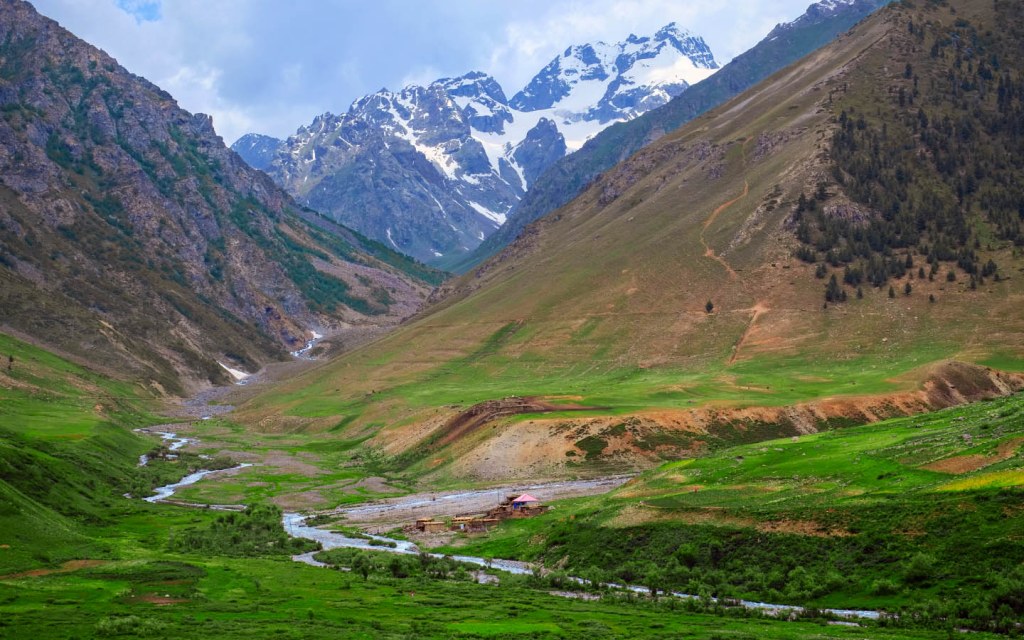
As the natural habitat of the Himalayan Brown Bear, Deosai National Park was established in 1993 with the aim to protect the endangered species nestled here from poachers and hunters. It is a high-altitude plain with the word ‘Deosai’ literally translating into ‘The Land of Giants’. The park is spread over approximately 3,000 square kilometres, encompassing a mix of hills, mountains, plains, plateaus, streams, rivers, and lakes.
Reaching Deosai National Park
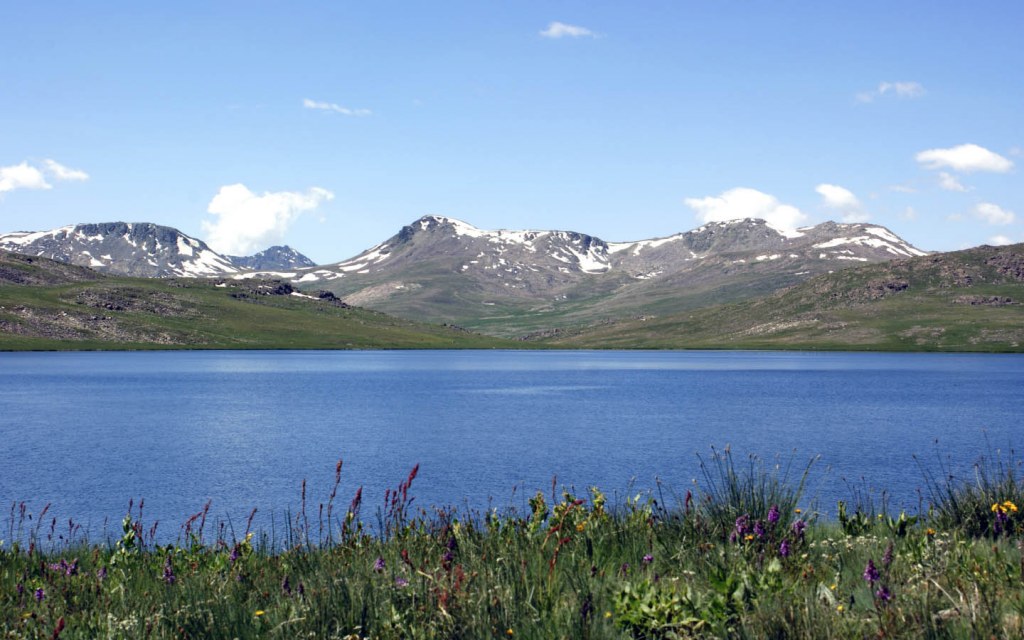
Bound by Astore Valley in the west, Gultari and Kharmang Valleys in the southeast, and Skardu Valley in the north, Deosai is only reachable via 4×4 jeeps. The best time to visit the area is during June and July but the tourist season is open until October. The park then becomes snow-bound for around half the year, between November to May.
If you want to visit Deosai National Park, the shortest route is from Skardu city, which is approximately 30 kilometres away. An hour’s drive from there will take you all the way to the top of the plains. Another route that is often used is via Chilam in Astore Valley. A few other routes also lead to the park but are mostly used by locals and are not advised for tourists unless they are well versed with the local geography and routes.
Things to Do at Deosai National Park
Deosai National Park is known for its unique flora and fauna. While wildflowers cover its plains in the spring with butterflies fluttering about, the region gets hidden under a thick blanket of snow in winter. When the weather is favourable, here are some of the top things to do in Deosai National Park:
- Visit Sheosar Lake
- Cross the bridge at Bara Pani
- Fish for trout
- Trek on well-trodden trails
- Camp under the stars
- Interact with the local wildlife
Let’s learn a bit more about the activities you can enjoy when you visit Deosai National Park.
Visit Sheosar Lake
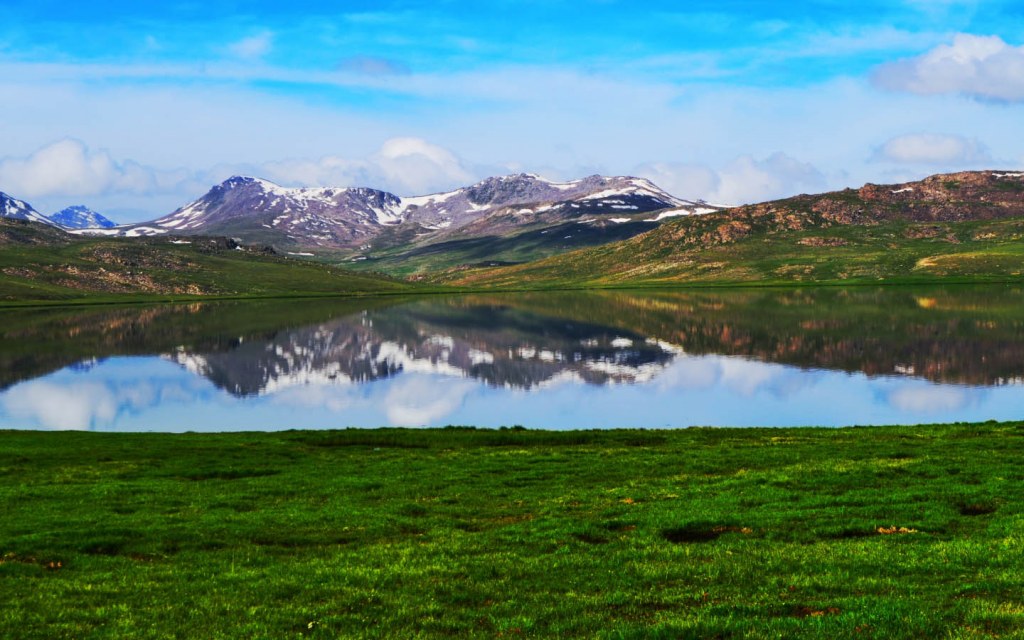
Several water bodies dot the park throughout, but the largest among them is Sheosar Lake. It is not only the largest lake in the park but also one of the highest lakes in the world at nearly 13,600 feet. The lake is located amidst a field of wildflowers, and you can discover a backdrop of the Nanga Parbat behind it on a clear day.
Cross the Bridge at Bara Pani
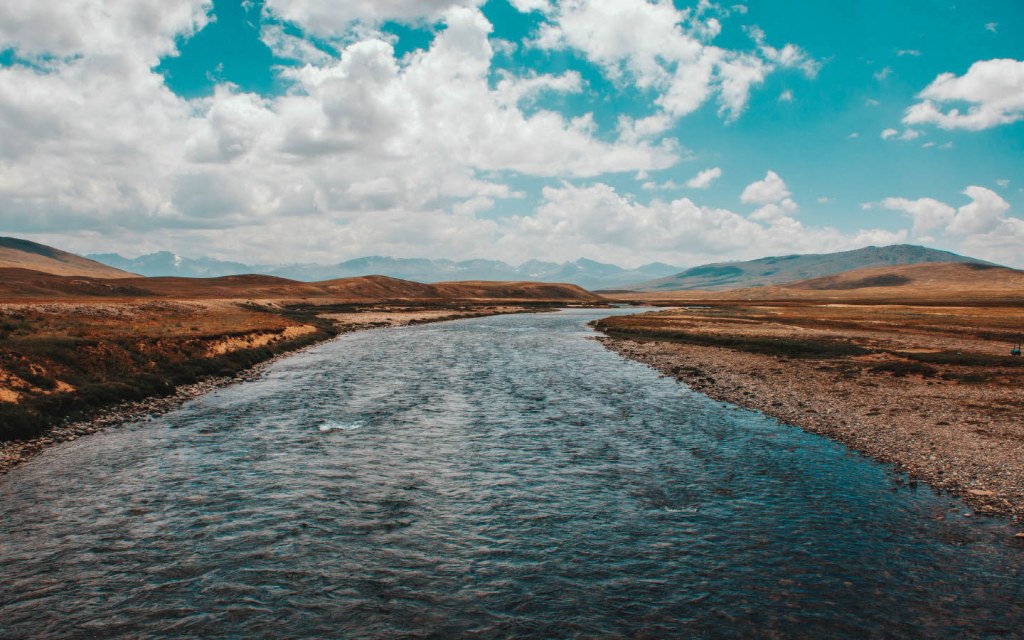
Deosai is home to several water bodies and Bara Pani, and Kaala Pani are two streams that you must cross to reach the lake. While Kaala Pani is fairly shallow and passable in a jeep, Bara Pani is crossed with the help of a wooden bridge. However, the challenge here is that the bridge can only bear a certain amount of weight, so the jeep must cross over the bridge without any passengers on-board. Thus, you must traverse the swaying wooden bridge on foot, moving to the melody of the raging river below.
Fish for Trout
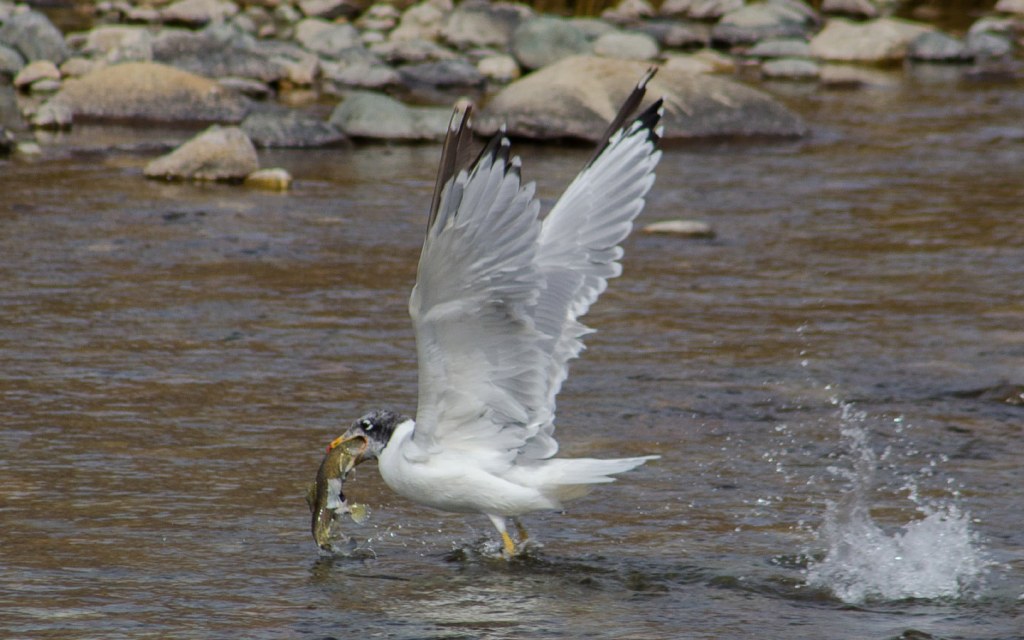
The region is home to several species of trout, with snow trout being particularly common. You can generally acquire a license from the park authorities for a fee if you are interested in trout fishing. The best location for fishing is Bara Pani.
Trek on Well-Trodden Trails
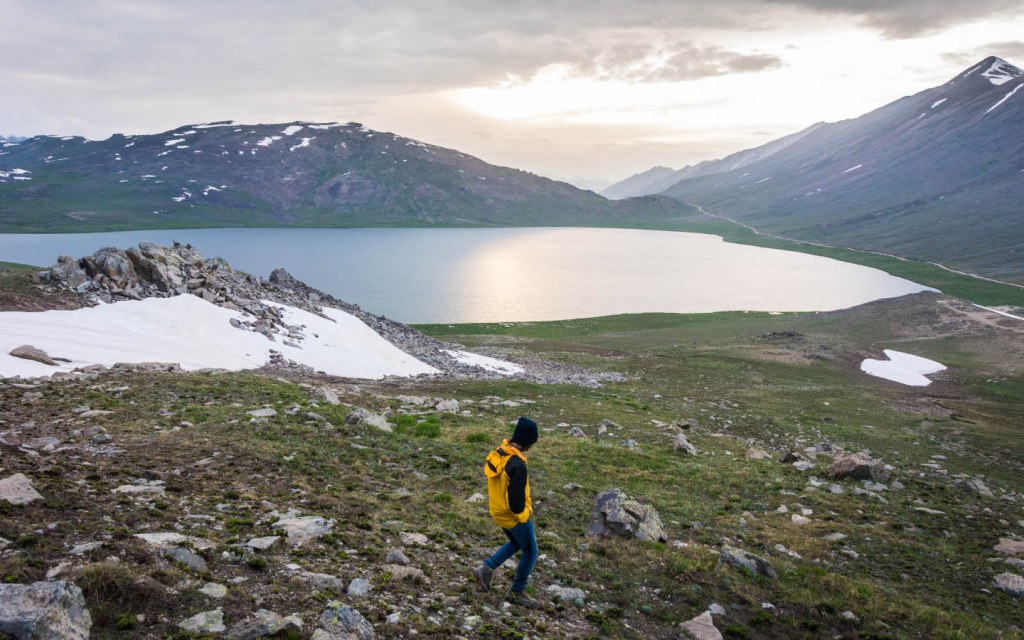
A number of trails lead into and out of Deosai National Park, and if you have a local guiding the way, you can explore the region on foot. It is advised that you avoid trekking in the area alone because there are no marked trails and some parts of the park have restricted access to protect the wildlife.
Camp under the Stars
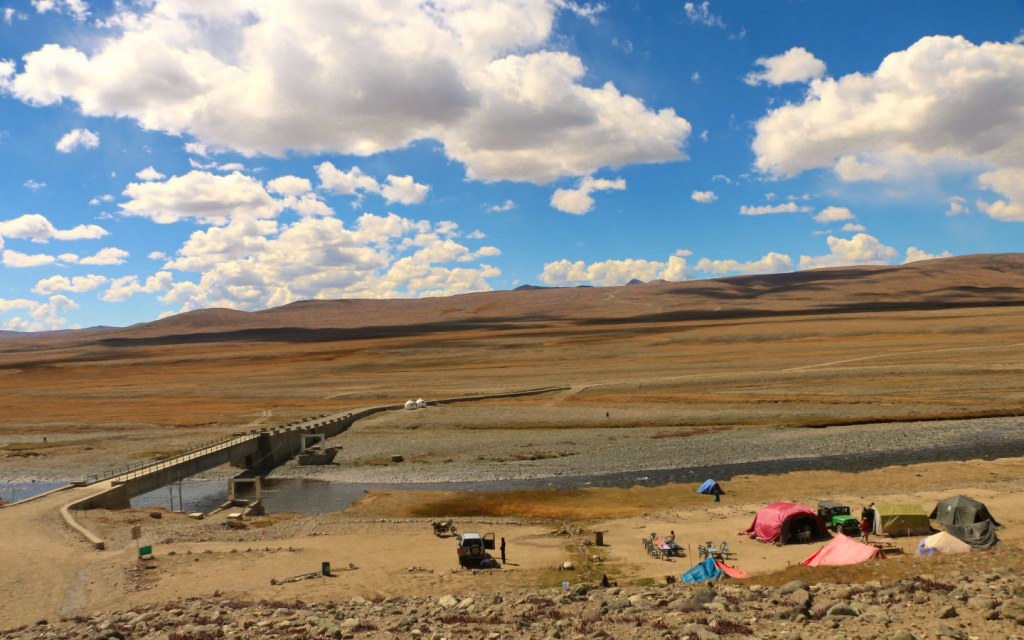
If you plan on setting up camp after reaching Deosai National Park, head towards Bara Pani or Sheosar Lake, both of which offer lush green surroundings that are ideal for a camping trip. The night sky here is clear, making stargazing a sheer pleasure, especially if you’ve travelled from one of the more populated cities of Pakistan.
Interact with the Local Wildlife
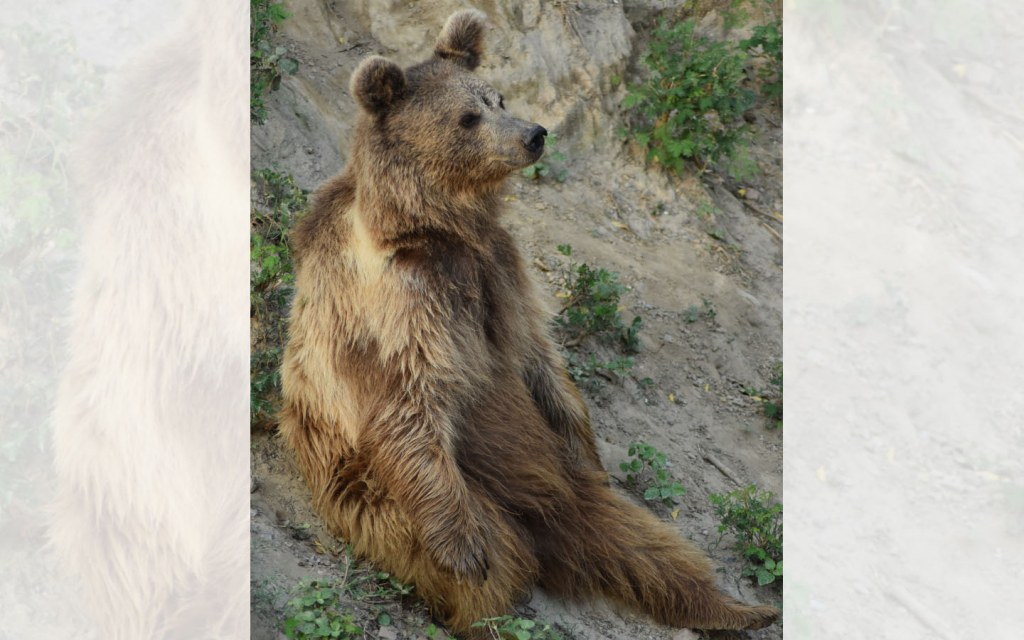
Deosai is home to several local species, including the Himalayan Brown Bear. The local wildlife includes the Himalayan ibex, grey wolf, red fox, snow leopard, Ladakh urial, and golden marmot. The park is also home to about 125 species of birds including the golden eagle, peregrine falcon, griffon vulture, Eurasian sparrowhawk, as well as a variety of snowcocks, kestrels, and pheasants. While it is advised that you keep a safe distance from the wildlife you might encounter on your travels to Deosai, the picturesque landscape with its native residents makes it a scenic memory to capture on film. The local area is also indigenous to several types of plants, many of which have medicinal uses as well.
These are just some of the many things to do in Deosai National Park once you’ve reached your destination. It is important to note that the elevation results in cold weather throughout the year and you might also find snowy spots within the park in the midst of the summer season. Thus, you should dress warmly and carry plenty of food and water with you if you plan on staying overnight, as the closest village is at least an hour’s drive away.
Another important thing to keep in mind when you visit Deosai National Park is to leave the area just as you found it, acting like a responsible tourist and cleaning up after yourself to ensure that the next person enjoys the scenic beauty just as much as you did.
You can check out Zameen Blog for more tourist destinations in Pakistan or register yourself for our newsletter on the right side of the page to stay informed about the latest posts. Email us at blog@zameen.com with any questions or suggestions you might have.



